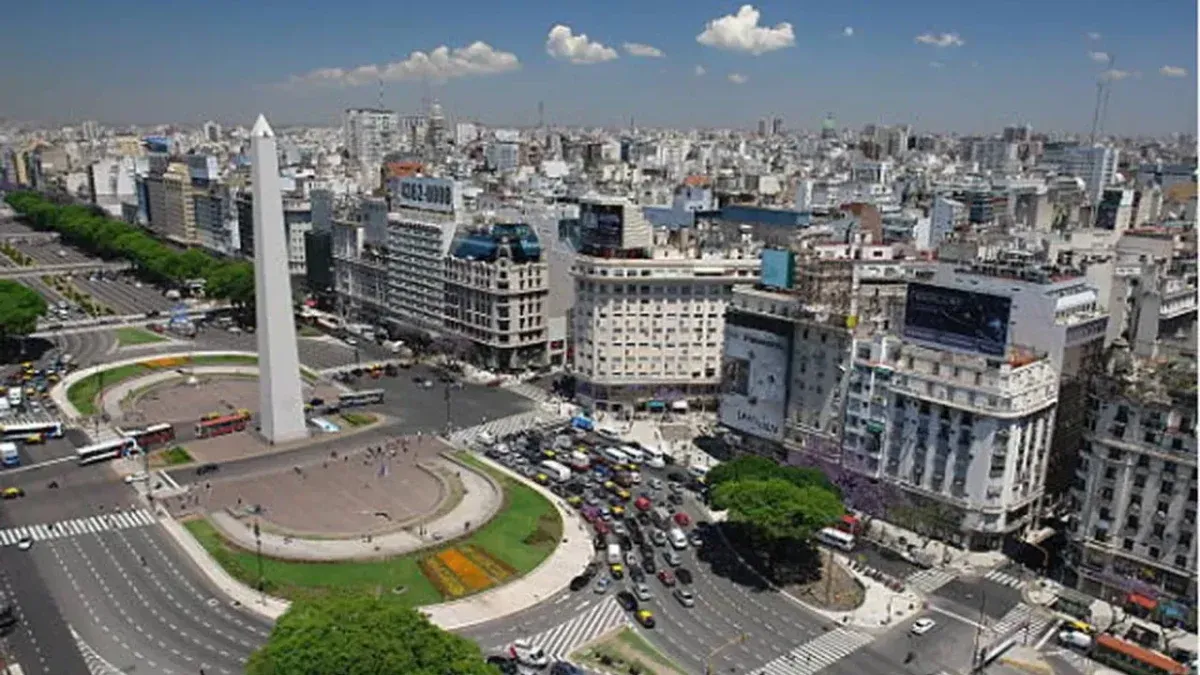Buenos Aires, with its tireless rhythm, is home to endless stories that often go unnoticed by those who pass through it daily. In every corner of this metropolis lies a secret memory that invites you to discover it, especially by those visitors who venture to look beyond the classic tourist circuits. However, few Buenos Aires residents stop to explore this hidden city, full of political enigmas, stories of duels and revenge, and echoes of secret societies that have marked our history.
The content you want to access is exclusive to subscribers.
An example of this is Plaza Dorrego, in the heart of San Telmo. Although known for its antiques market and tango shows, few remember that this place witnessed legendary duels in the 19th century, when disputes of honor were resolved with swords or guns. The story of Eduardo Costa and Lucio V. Mansilla, who faced each other here in a duel that almost cost them their lives, continues to be an anecdote relegated to oblivion, despite its impact on the politics and society of its time.


Another intriguing point is Pasaje Roverano, right on Avenida de Mayo. This building, which would connect with the basement of the Casa Rosada through tunnels now closed, was the scene of clandestine meetings and conspiracies during turbulent times in our politics. Imagining historical figures moving stealthily through these passageways reminds us that the history of Buenos Aires is not only written on the surface, but also underground, where plans were hatched that would change the destiny of the country.
In the Belgrano neighborhood, the Church of the Immaculate Conception, known as “La Redonda”, also keeps its mysteries. Although it is an architectural icon, few know that legends linked to secret societies and Masonic rituals have been woven in its surroundings. History suggests that influential figures used this space for discreet meetings, reinforcing the fascination with a past that combines the religious with the esoteric.
For its part, the Chacarita Cemetery, beyond being a final resting place, contains stories that speak of post-mortem revenge and mysterious disappearances. The tomb of Natalio Botana, founder of the newspaper Crítica, is surrounded by rumors about the circumstances of his death and possible intrigues linked to his journalistic activity. This place, where history and tragedy intertwine, is a reminder that Buenos Aires keeps secrets even in its final resting place.
Finally, we cannot fail to mention the Barolo Palace, whose construction was inspired by Dante Alighieri’s Divine Comedy. Although Buenos Aires residents know its majestic architecture, few stop to reflect on the symbolism it contains. This building was conceived as a refuge to preserve Dante’s ashes, but it has also been associated with secret societies and encrypted messages in its design. It is emblematic of how the city combines art, mystery and history in one place.
It is crucial that Buenos Aires residents rediscover these corners and allow themselves to look at the city with curious eyes, as do visitors who marvel at every detail. The historical protection of the sites, their preservation and the value of the story of the events referred to in them must be protected by legislation. Buenos Aires is not only its vibrant present; It is also a past full of intrigue that deserves to be told and valued. The next time we walk through its streets, let us remember that beneath the daily noise beats a city that waits to be rediscovered, a city that we do not look at but that is there, inviting us to connect with its most enigmatic side.
Jorge Giorno is a public accountant, a specialist in public finances, he was a Deputy in the Legislature of the City of Buenos Aires on two occasions, he was president of the Argentine Society of Writers (SADE), he currently chairs the Party of Cities in Action.
Source: Ambito
I am an author and journalist who has worked in the entertainment industry for over a decade. I currently work as a news editor at a major news website, and my focus is on covering the latest trends in entertainment. I also write occasional pieces for other outlets, and have authored two books about the entertainment industry.




